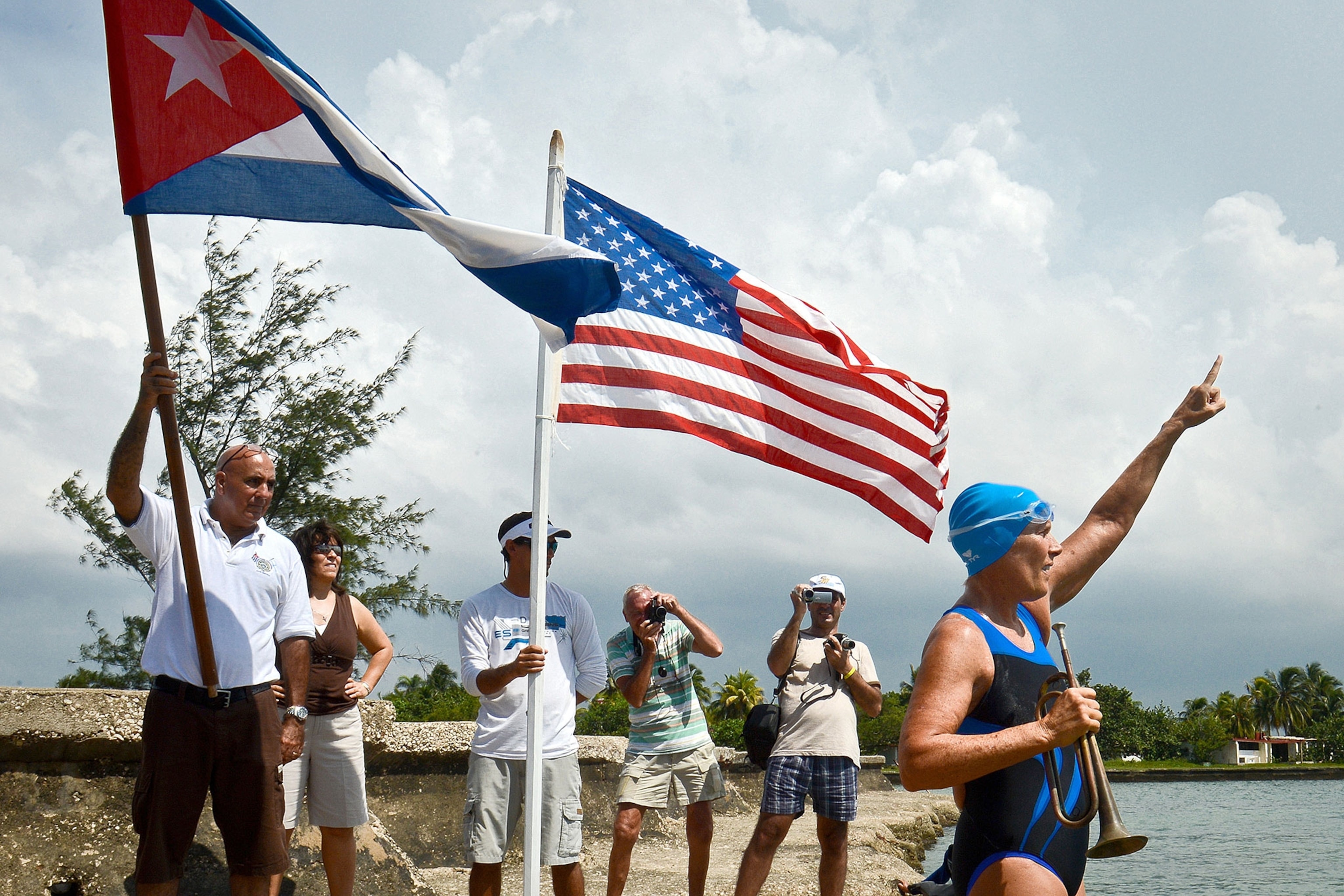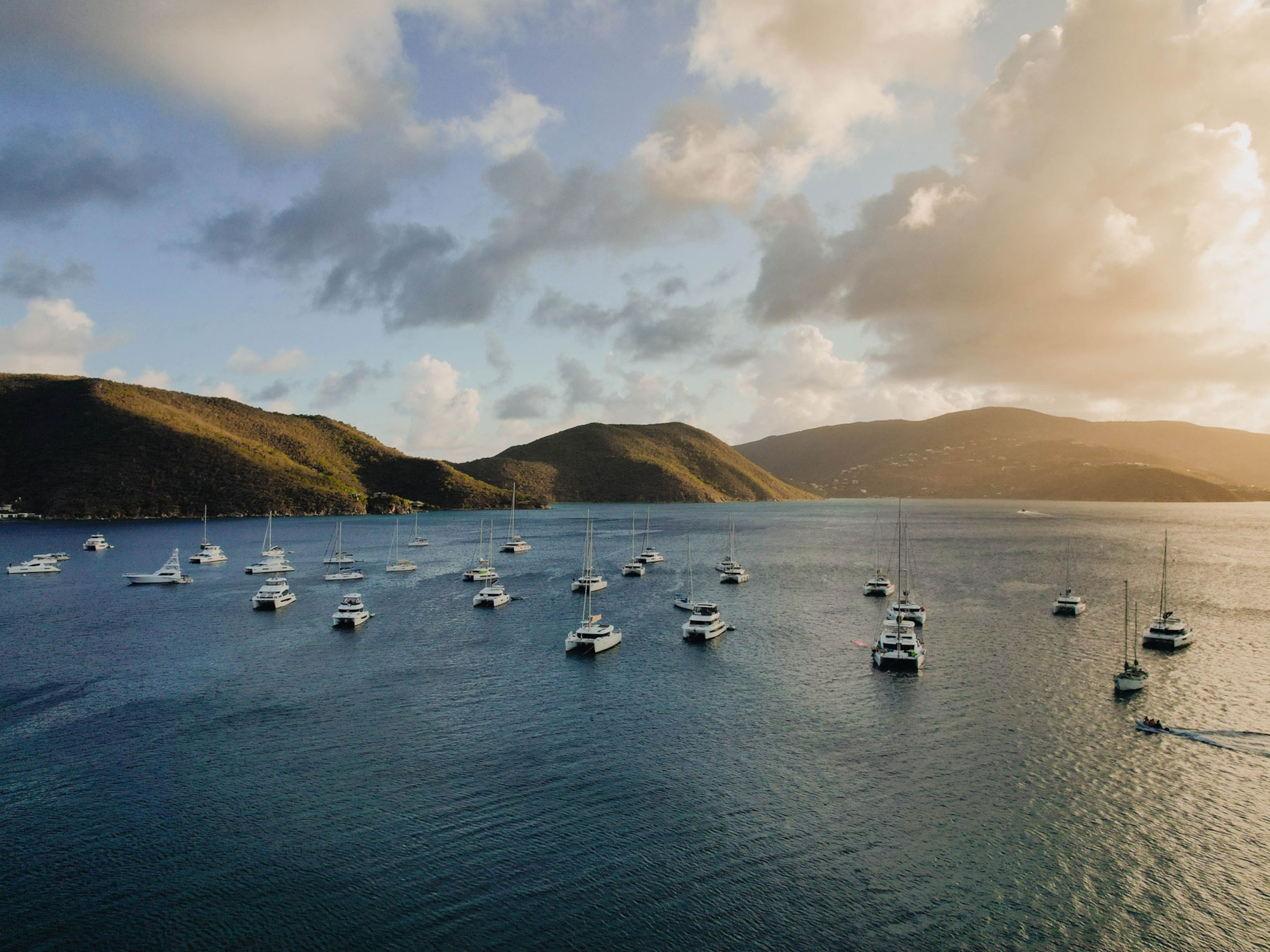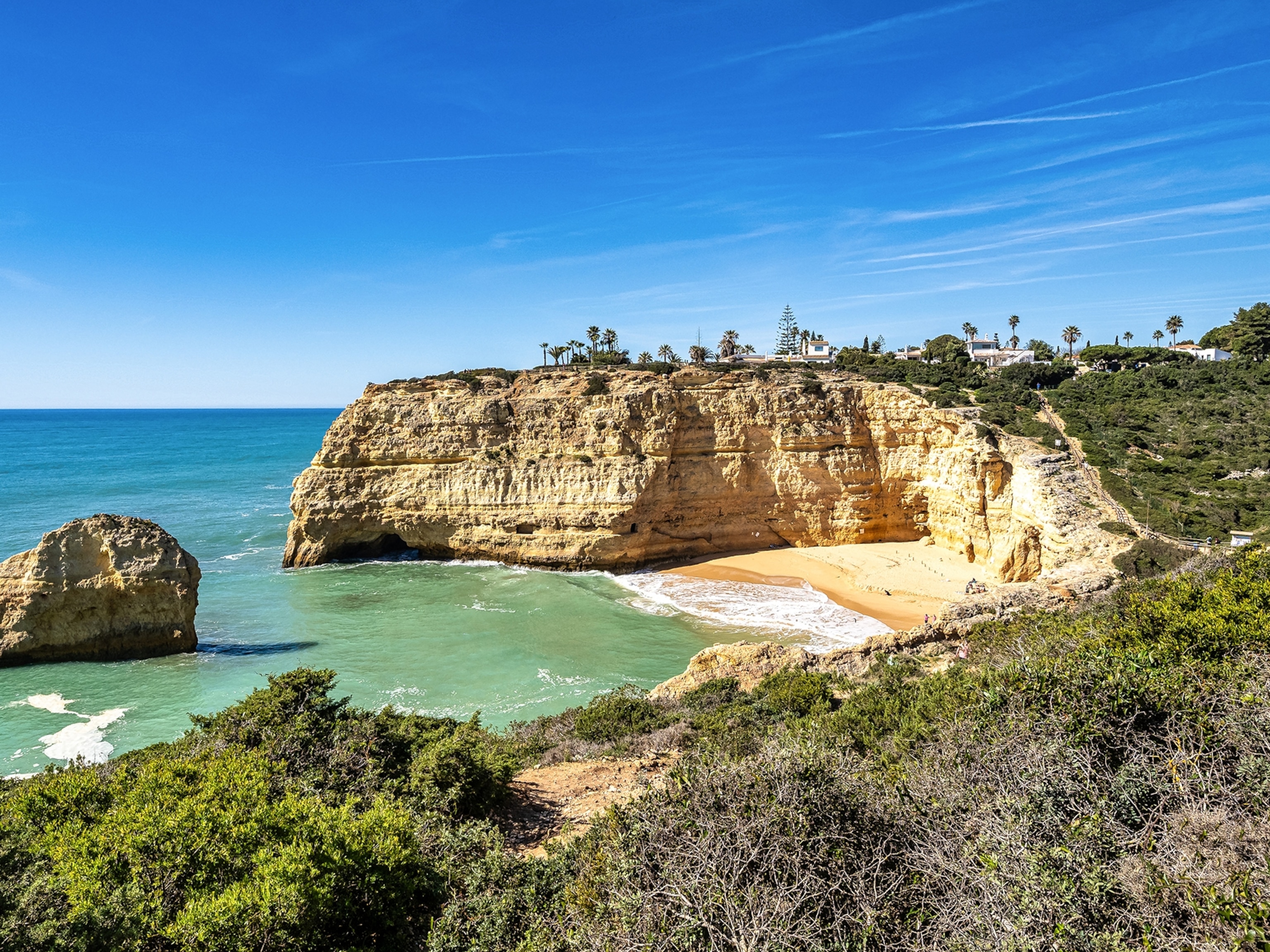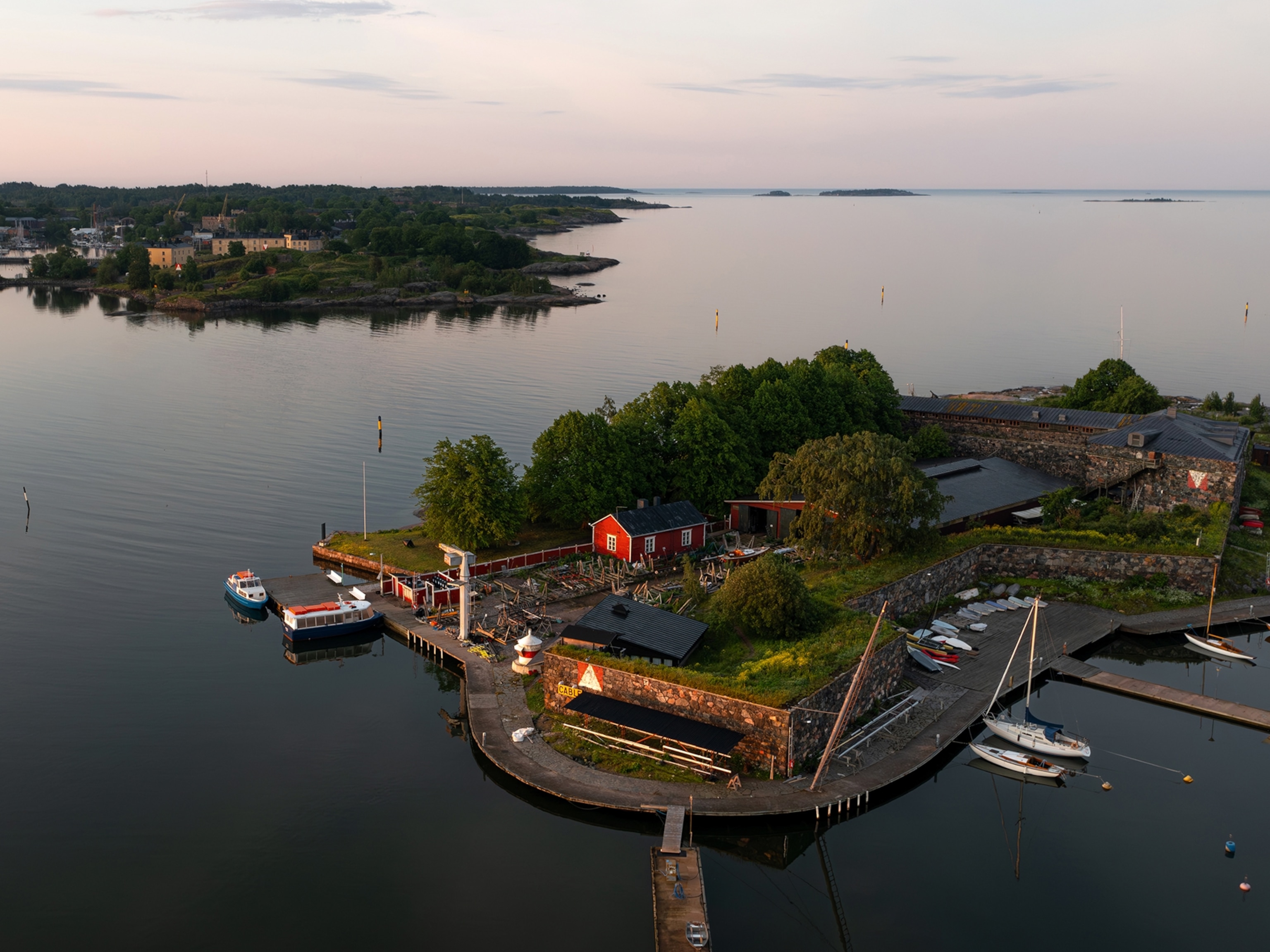
Six Epic Swims, From the English Channel to the Gowanus Canal
Ninety years ago, Gertrude Ederle became the first woman to swim the English Channel. Here’s the scoop on her famous feat, plus a few more.
In the late 19th and early 20th centuries, swimming the English Channel was considered one of the toughest endurance tests in the world. By 1923, only five men had done it. And many believed that only a man could do it.
That changed on August 6, 1926, when Gertrude Ederle made the 21-mile (33-kilometer) swim from France to England. At 14 and a half hours, she also beat the record men’s time by two hours. (Read: “How Does the Body Endure Long Swims?”)
Ederle first attempted the feat the year before, but she was disqualified when her trainer reached out to grab her because he thought that she was having trouble. (In open-water swimming, it’s common for a boat to travel alongside a swimmer. The people in the boat may pass the swimmer food or drink, but they are not allowed to touch the athlete.)
The following year, when 20-year-old Ederle returned home to New York City after successfully swimming the channel, she was greeted with a ticker tape parade. Her achievement was important not just because she set a new record time (14 hours, 39 minutes), but because she disproved stereotypes about women’s abilities and opened the door for women in competitive swimming.
To mark the anniversary of Ederle’s swim, and to celebrate the swimmers preparing to compete in the Rio Olympics, here are more notable open-water swims.

First Man Across the Channel
“Distance swimming was a kind of public entertainment in the late 1800s,” says Lisa Bier, author of Fighting the Current: The Rise of American Women's Swimming 1870-1926. “Many of these early distance swimmers were half entertainers, half athletes.”
One of these swimmer-entertainers was Matthew Webb, who Bier says “started his distance swim career with big public events, such as an 18-mile [29-kilometer] swim of the Thames River in 1875.”
That same year, he became the first known person to swim the English Channel. During the swim, Bier says Webb’s trainers sustained him with “brandy, hot coffee, cod-liver oil, and beef broth.”
Catalina to California
In 1926, chewing gum tycoon William Wrigley, Jr., who owned a majority stake in Catalina Island, was looking for a way to draw people to Catalina during the off-season, says Bruce Wigo, president and CEO of the International Swimming Hall of Fame. When Wrigley saw the response that Ederle received after swimming the English Channel, it gave him an idea.
Wrigley announced a highly publicized, 21-mile (33-kilometer) race between the island and mainland California. In January of 1927, Canadian George Young won the race and its $25,000 prize (roughly $340,000 today). Wrigley’s promotion made Young an instant celebrity, and earned him the nickname “the Catalina Kid.”
Thawing the Cold War
Lynne Cox made history by being the first person to swim across the Bering Strait. But her 2.3-mile (3.7-kilometer) swim was also notable because she crossed the border between the former U.S.S.R. and the United States. This was in 1987, during the Cold War.
Thankfully, she received a warm welcome when she finished the swim. A Soviet delegation greeted her, and both Mikhail Gorbachev and Ronald Reagan later toasted when they met to sign a nuclear weapons treaty.
“Lynne Cox is known not just for distance swimming, but for swimming in unbelievably cold and open water,” Bier says. When Cox swam the Bering Strait, the water temperatures hovered around freezing (39°F, 4°C). Years later, she used her cold-water training to swim in Antarctica.

Cuba to the U.S.
In 2013, 64-year-old Diana Nyad became the first person to swim the 110 miles (177 kilometers) from Cuba to Florida without a shark cage. (Read about Nyad’s feat.)
Bier says that Nyad is impressive not only because of her age, but also because she didn't swim for many years in the middle of her life. “She really demonstrates that our bodies are capable of great strength and stamina,” Bier says.
Swimming for a Cause
In the 21st century, some people have attempted epic swims to raise awareness of how pollution and climate change are affecting the Earth. In 2007, Lewis Pugh became the first person to swim across the North Pole so that he could draw attention to the ways warming temperatures are affecting the region.
There’s also Christopher Swain, who last year attempted to swim Brooklyn’s infamously polluted Gowanus Canal, one of the U.S. Environmental Protection Agency’s superfund sites. Decked out in a yellow protective suit, Swain only made it two-thirds of a mile before he decided to stop in the face of an incoming storm. Yet his swim was still long enough for him to realize, as he told the Daily News, that the canal “tasted like mud and poop.”
Follow Becky Little on Twitter.




